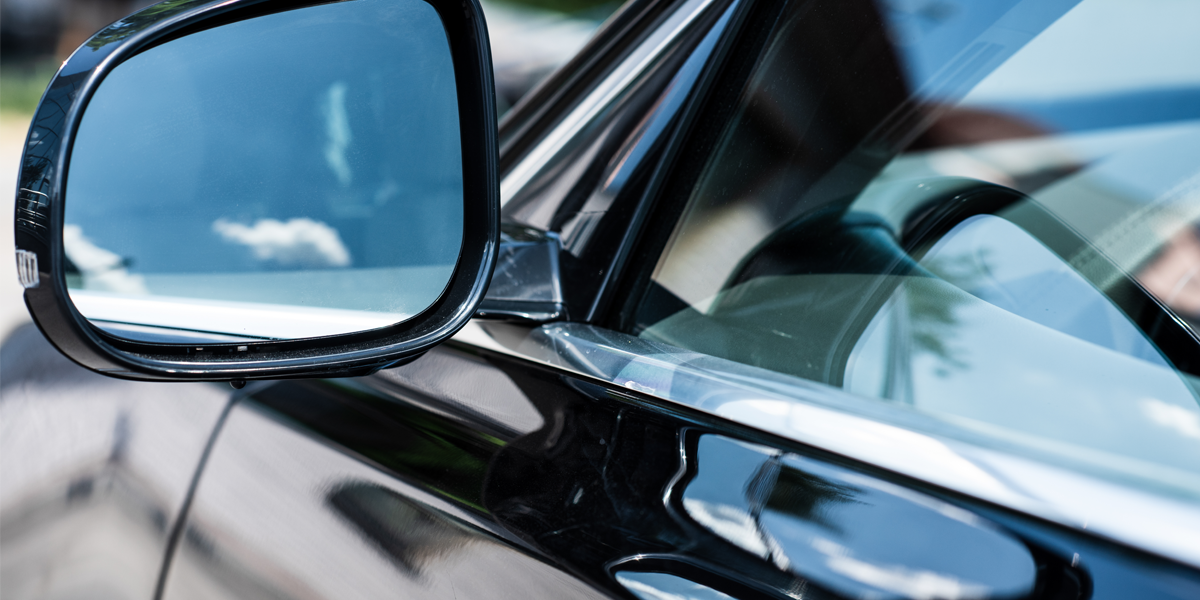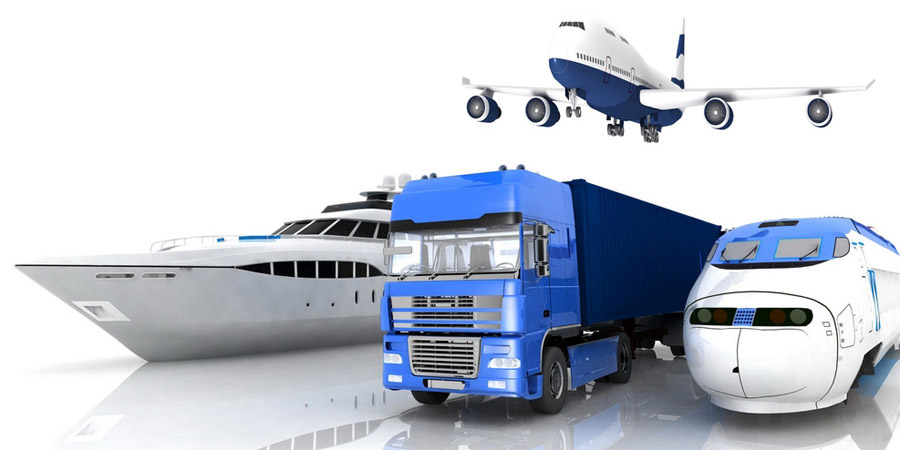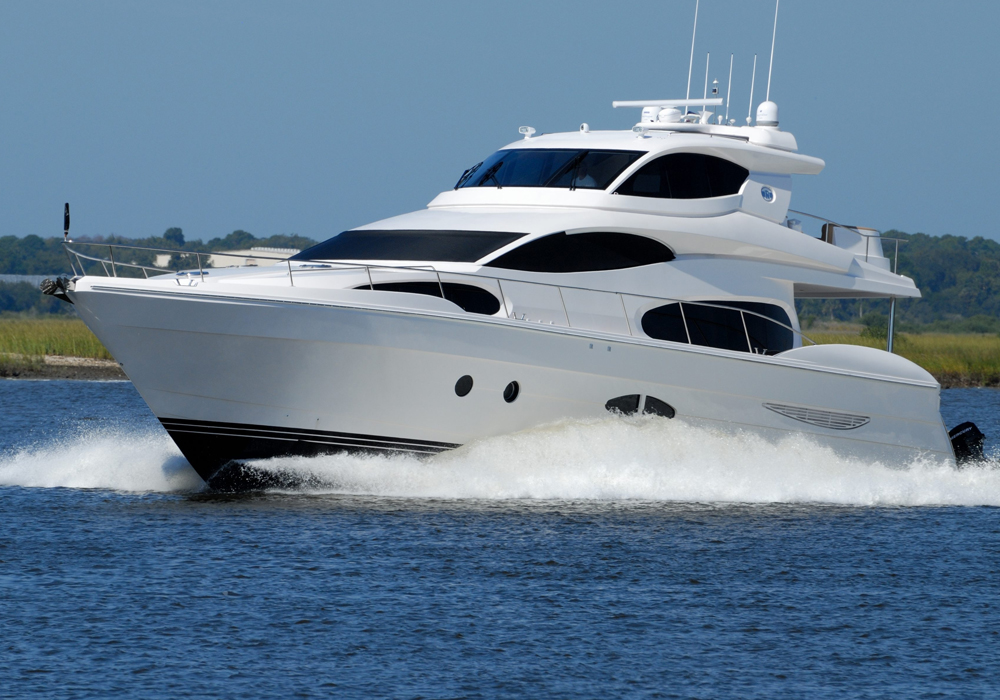The glass is an integral part of the vehicle structure. Over the past 20 years, the glass surface of the car has increased by about 17,6%.
Thinner glass reduces vehicle weight and contributes to lower fuel consumption and emissions, while still meeting safety requirements.
In addition to reducing vehicle weight, other innovations in the glass industry have made further savings possible. Solar control glass, for example, limits the need for air conditioning allowing the reduction of emissions from conventional vehicles and increasing the range of electric vehicles.
Soon the glass roof integrating photovoltaic cells will make a further contribution to non-polluting mobility.
Transport safety and comfort
Glass offers safety and comfort in transport, on buses, trucks, trams, ferries, airplanes, etc ...
Let's think of the heavy vehicles that we encounter on our roads every day: trucks.
They have very large windshields, the glass shields the solar radiation that heats the interior of the cabin, reducing the transmission of UV rays.
As for buses, great attention is paid to glass which is not only a question of comfort, but also great visibility and safety for the driver. On buses, the glass also helps to reduce noise, in fact acoustic glass is mounted which offers better travel conditions for passengers.
Glass also has different applications in ships and boats, obviously depending on the type.
Armored windows are used on ships used by the navy, while on commercial and cruise ships the glass chosen is quite similar to that used on cars.
The glass mounted on boats and ships must have the characteristics and performance criteria required by international standards that regulate maritime safety.
It is important to remember that the design of the glass is constantly adapted to the speed of the individual boats. For example, high-speed ships must have very resistant but always light glass.
When it comes to aircraft design, glass has to be very strong.
Think of the cockpit windows, in this case the glass is reinforced with very high resistance, making its surfaces very compressed.
Glass technology applied to aircraft also includes protection from solar radiation, frost and electromagnetic rays.
Source: glassforeurope.com





